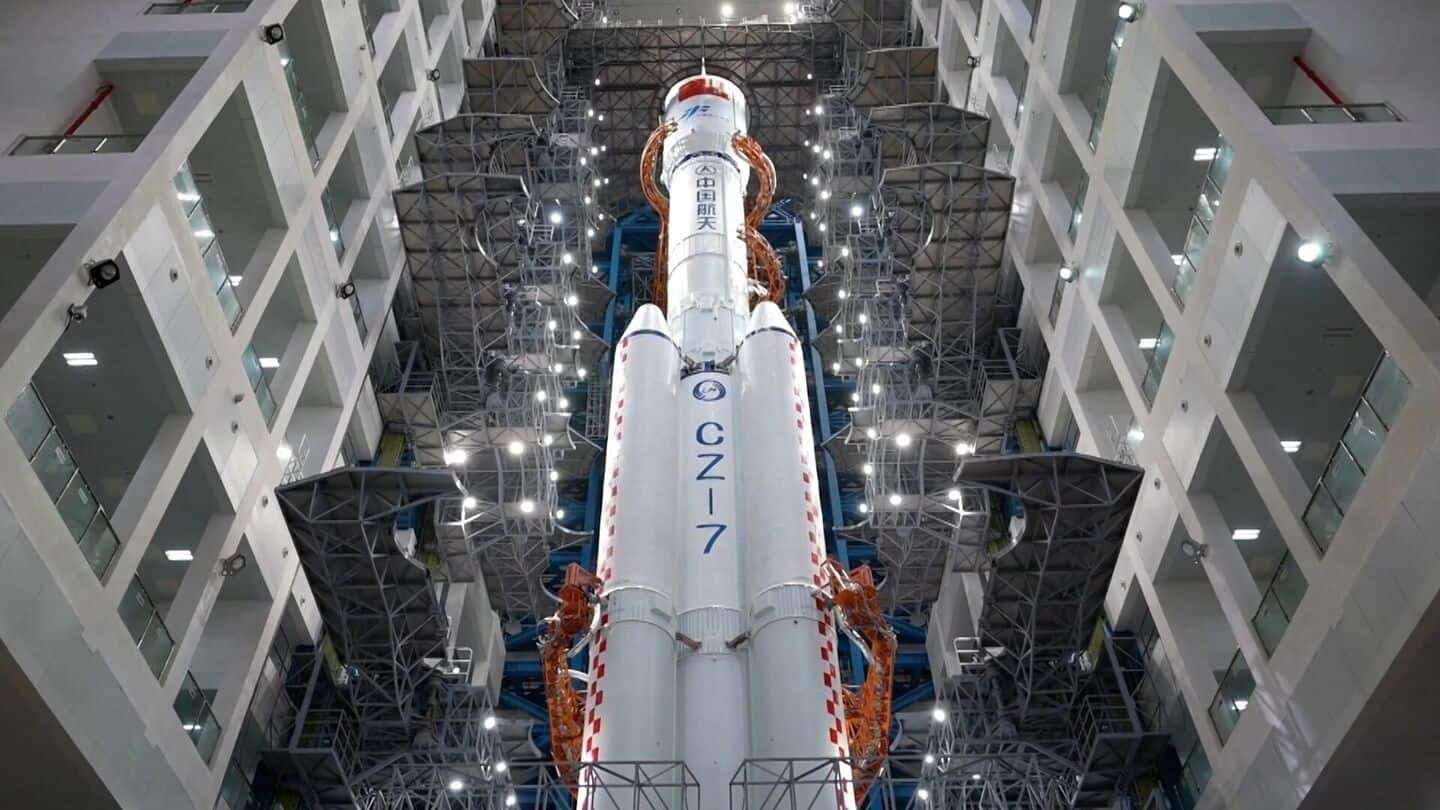
China adopts car-style production model for rockets and satellites
What's the story
China is revolutionizing its space industry with a new manufacturing model inspired by the automotive sector. The "final assembly pull" system, based on lean manufacturing principles, aims to mass-produce rockets and satellites quickly while maintaining quality and flexibility. This innovative approach is backed by AI-driven assembly lines and a national digital supply chain platform.
Production revolution
The 'final assembly pull' system
China's state-owned enterprises are adopting the "final assembly pull" system, a major departure from traditional aerospace production methods. Unlike the conventional "push" model where components are manufactured based on forecasts, this new approach only supplies parts when demanded by the next stage of production. The method, pioneered by Toyota in the mid-20th century, minimizes waste and increases efficiency in manufacturing processes.
Supply chain synchronization
Restructuring the supply chain
China's aerospace industry is now applying the same just-in-time logic to rockets and satellites. Each step in the supply chain is activated only when signaled by the stage downstream, creating a tightly synchronized network. This means rocket engines, solar panels, and circuit boards are built according to launch schedules. However, this reform also restructures China's space sector into a pyramid-style hierarchy from its previous flat system with greater supplier autonomy.
Manufacturing shift
A disruptive transformation
The transformation of China's space sector is a "systemic and disruptive transformation of existing manufacturing models," according to Wang Guoqing, chief information officer of China Aerospace Science and Technology Corporation (CASC). The artisanal model that hand-crafted rockets and satellites one by one has been replaced by a focus on reliable parallel production. This shift is driven by the growing demand for satellite constellations, reusable rockets, and long-term lunar missions.
Collaborative approach
A networked approach
Unlike the US, which has seen one company dominate the industrialized production shift, China is adopting a more networked model. This involves state-owned enterprises, private firms, and research institutions working together in a coordinated national ecosystem. Mega-constellations such as Guowang, Qianfan, and Hongtu-3 are pushing this industrialization of satellite and rocket factories capable of producing thousands of units.
Tech integration
Integrating and modularizing the process
China is also implementing a central manufacturing integrator to control the production process. This body manages scheduling, contracts, quality, and supplier coordination. The country is introducing modular systems such as pulsed assembly lines and AI-driven flexible assembly centers. A collaborative digital platform connecting factories, labs, and suppliers across China has also been created using cloud systems, IoT, AI, and digital twin technologies.